We love video games for their interactivity and immersion, and a big part of this is thanks to their settings. Whether it’s the opportunity they present for exploration or deep lore that surrounds how they came to be, these games offer some of the best worlds to get lost in. Strap in and explore our top 10 best settings and worlds in video games.
Night City (Cyberpunk 2077)

Cyberpunk 2077’s aesthetic is so rich and drenched in neon-soaked atmosphere that it’s nearly impossible not to add Night City to this list.
CD Projekt Red went overboard with their attention to detail and design when constructing Night City’s streets. Every building has unique patterning and architectural design suited for the particular district it’s cramped in.
Even within the confines of a single district are various themes and styles unique to each sub-district. Northside Watson has a spread-out gritty industrial aesthetic far removed from the absolutely cramped and colorful Kabuki district in Watson. You really do feel like a smushed sardine among the crowds of people and bunched-up apartments in Night City, and it’s glorious.
But it’s not just that each subdistrict differentiates itself; each block feels unique from the next in the way the terrain is diversified. You never feel like you’re walking around a map populated by Speedtree copy-paste techniques. Every single square inch feels hand-crafted to some extent, propelling the player to explore off the beaten rebel path.
Spira (Final Fantasy X)
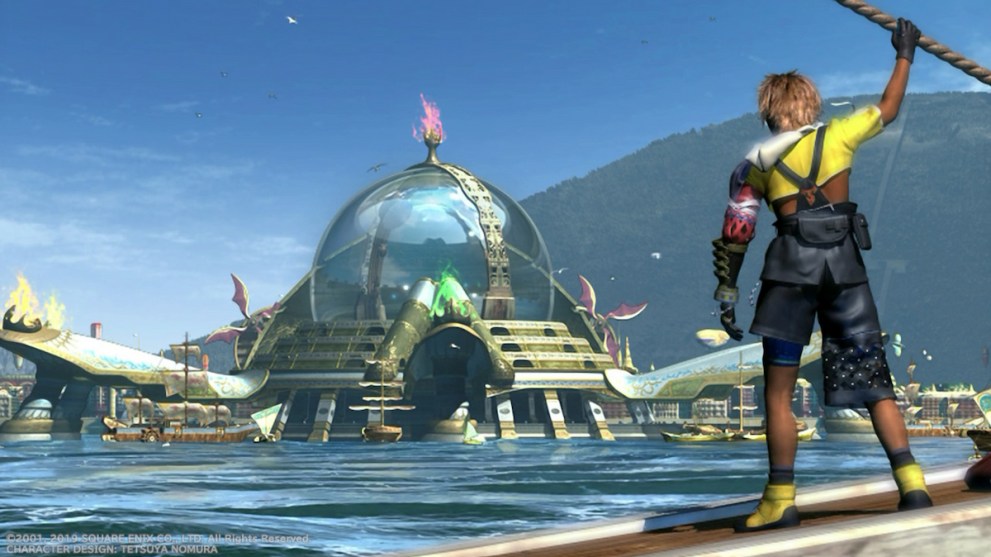
There’s no doubt that living in Spira would be nightmarish. From the constant Sin attacks and the ferocious monsters patrolling the highways, Spira is a literal spiral of death.
It’s a true achievement, then, that Square Soft could create such an absolutely enchanting dreamscape of a setting amid such devastating death. I’d argue that this dichotomy between horrific death and sublime beauty is what really makes Spira so magical, as Spira’s outward beauty contrasts the cycle of death that the whale-like Sin brings.
The simplistic nobility surrounding the almost-subsistence island village of Kilika is beautiful in the kind of hardworking and honest people it fosters. And yet, these people will only live a short time before being wiped out with the village having to restart its development again.
Final Fantasy X is drenched in themes and symbolism too. The religion of Yevon serves as an analogue of real-life cults. And of course, there’s absurdly detailed symbolism permeating through every facet of the game, such as the Al Bhed script and Yevon mandalas. There are many unique symbols on ornately carved temple walls and store signs in Spira; each has deep significance and meaning making the setting rich and immersive.
The Al-Bhed language goes the extra mile in immersing us in Spira’s unique world too. Without hyperbole, Final Fantasy X really does have some of the most unique storytelling elements in gaming.
The Lands Between (Elden Ring)
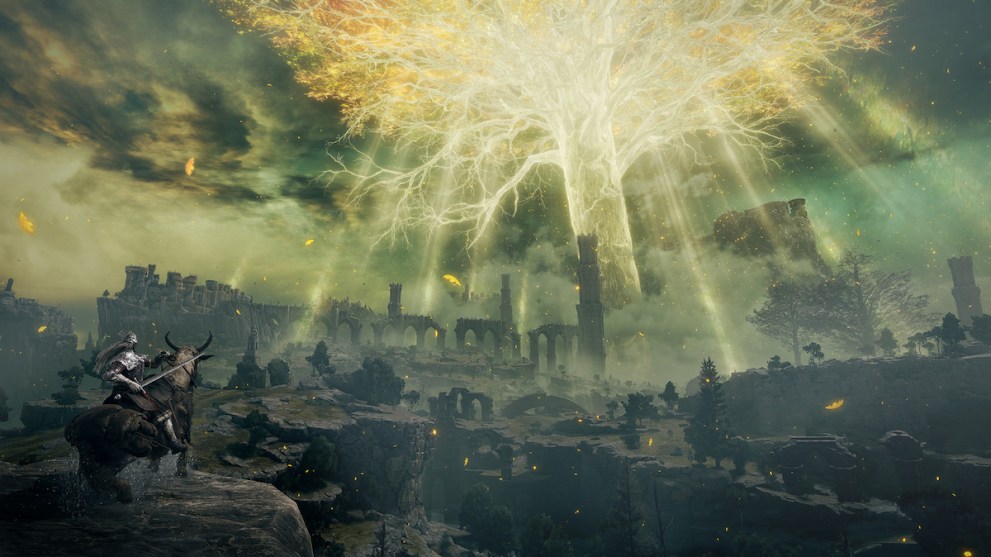
Elden Ring manages to represent FromSoftware’s entire philosophy in a single game, and it does this with great success.
FromSoft games are known for their rich environmental storytelling and obtuse lore. Like Dark Souls before it, Elden Ring’s main character is its setting.
FromSoft’s lead designer, Hidetaka Miyazaki, has stated that the philosophy behind his storytelling consists of scattered puzzle pieces left for inquisitive players to find and place together. The puzzle pieces themselves are represented by the various characters, landmarks, and item descriptions found throughout the dark fantasy setting. Characters, in particular, carry a mysterious aura begging to be further explored.
I’ve put over 100 hours into Elden Ring and own a hardcover lore book describing the game, and yet I still don’t feel I’ve put together most of the puzzle pieces it’s laid out for players. If you like unfettered exploration amid a profoundly dynamic fantasy world, Elden Ring offers all that and way more than you probably have time for.
Thedas (Dragon Age)
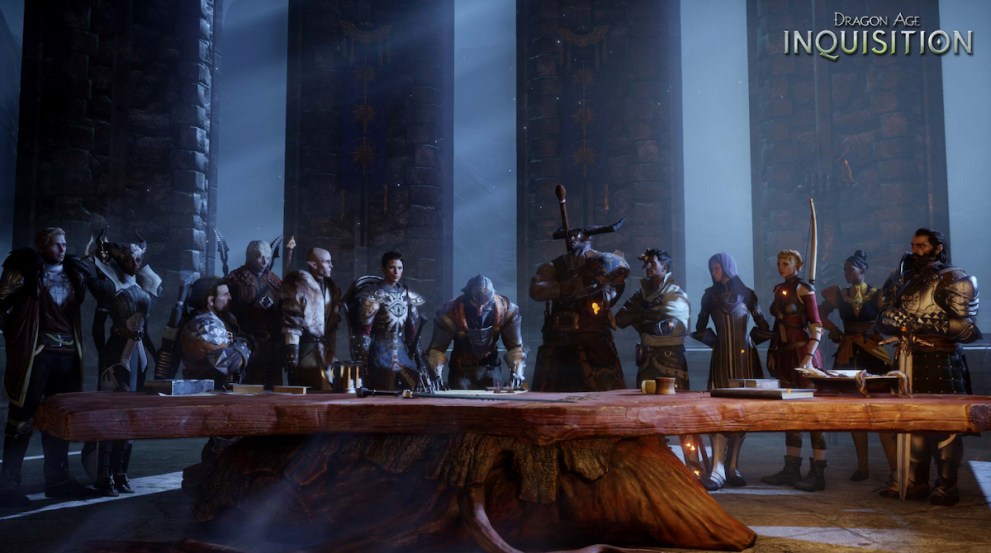
On the very tail-end of Bioware’s golden age was Dragon Age, and its setting of Thedas is sublime.
Heavily inspired by Baldur’s Gate, Dragon Age was Bioware’s attempt at a fresh homebrewed fantasy setting, and boy, did they succeed. Sure, Thedas is filled with your typical fantasy dwarves and elves, but even these tropes are spiced up with their own religions, factions, and sub-cultures. This gives rise to several memorable locales to explore ranging from bustling cities to vast ancient ruins colored by the people and cultures that once called them home.
What really makes Dragon Age’s world stand out, though, is the complex political intrigue between all the various races and cultures. For example: Mages enjoy remarkable power and ability, yet are abused by factions looking to use them and outright feared by society as a whole — which results in them remaining under strict control and surveillance. After all, it’s mages who are susceptible to the demons of the Fade, which is itself a kind of dream realm comprised of its own political rifts.
This is why Dragon Age fans continue to be vocally excited for Dragon Age 4, and for the changes it could bring to the world they’ve spent so much time in.
Taris (Star Wars: Knights of the Old Republic)
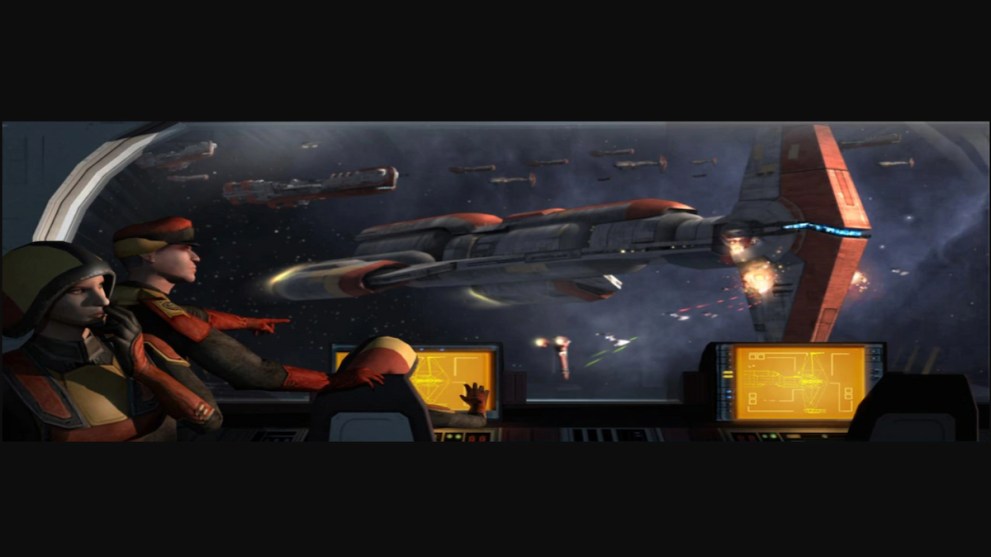
The Old Republic is an era developed by Bioware and set some 4,000 years before the time of the films. The series has tremendous worldbuilding for each planet you visit. Taris, in particular, gets ample treatment in the first Knights of the Old Republic.
The scale is so absolutely perfect during this initial Taris section that it almost feels like a game within a game. You feel like you’re on this alien planet, living among the locals. You don’t have a lightsaber or any force powers yet, and you’re pretty much a nobody to the citizenry of the occupied planet.
While dated by today’s standards, Knights of the Old Republic is filled with these immersive moments that reaffirm our love of the role-playing genre.
Hyrule (The Legend of Zelda: Breath of the Wild and Tears of the Kingdom)
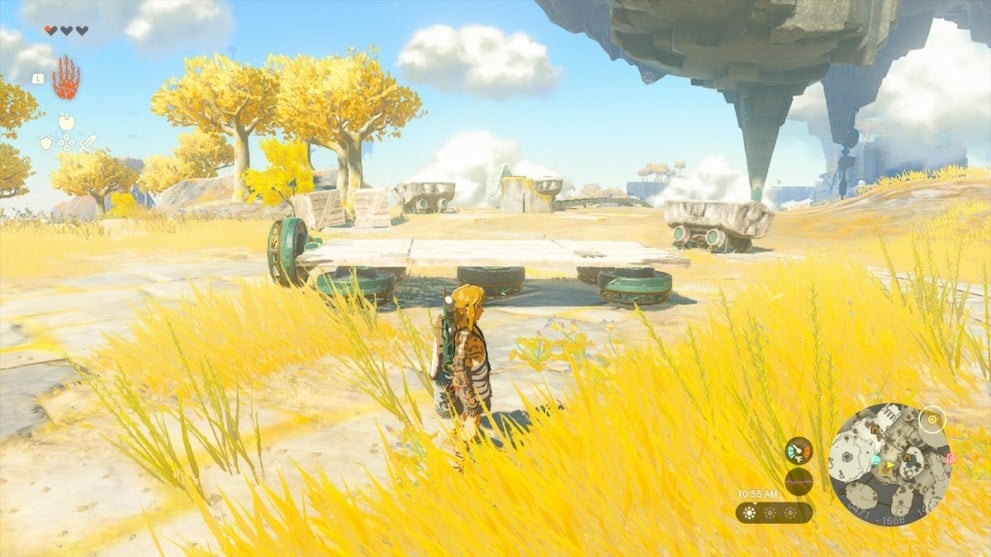
The Zelda series has introduced us to many versions of Hyrule through the years. They all share many elements between them; from races to atmosphere, even shared timelines and characters. It’s difficult to choose any one version of Hyrule over the other, so we went with the largest: Breath of the Wild/Tears of the Kingdom.
Breath of the Wild and Tears of the Kingdom feature truly magnificent versions of Hyrule. Breath of the Wild in particular set a new standard across the entire industry in a similar way that the original Zelda did back in 1987. It finally realized Shigeru Miyamoto’s original vision for the series with its ability to immerse players and make them feel lost within its giant world.
Tears of the Kingdom shares a similar Hyrule as Breath of the Wild, but adds aerial zones and subterranean nooks and crannies. And trust me, players will want to explore every nook and cranny in these games due to the organic, lived-in environments and the rewards they offer.
Whether you’re a first-time traveler to Hyrule’s longstanding legacy or you’re looking for a fun world to get lost in, these Zelda settings offer some of the best sightseeing in video games.
Zemuria (The Legend of Heroes: Trails series)
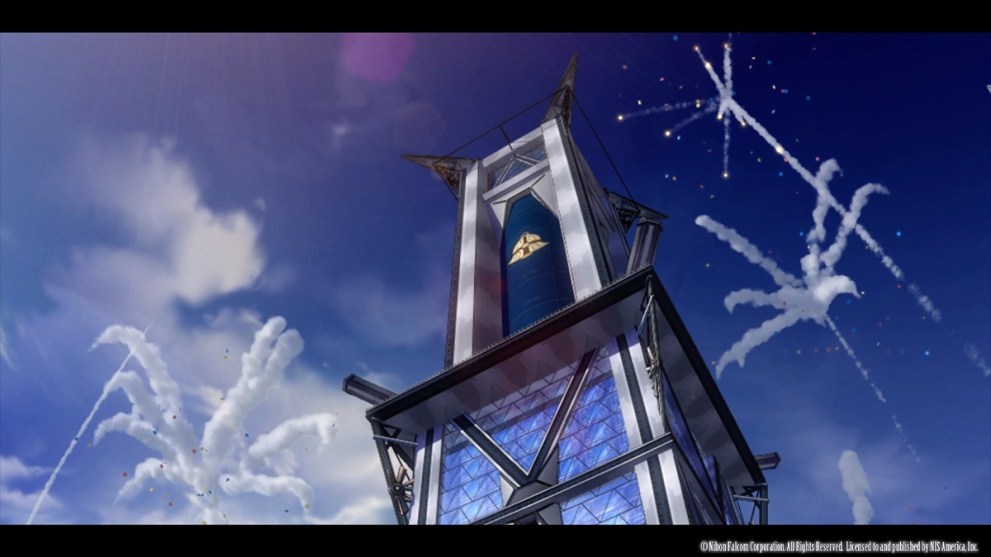
Ah, the niche JPRG series that has more entries than I do brain cells. Where do I even start? First, the most obvious. Every game in the Trails is connected together with masterfully done internal continuity.
For those out of the loop regarding these lore-intensive JRPGs, The Legend of Heroes comprises a franchise of disconnected, though similar-styled games. The Trails series within broad The Legend of Heroes, however, has some of the best continuity in all of gaming.
What really makes the Trails series immersive is the interconnected socio-political machinations going on between each nation. Set during a time of political upheaval at the dawn of Zemuria’s industrial and technological boom, there’s a metric ton of really good internal continuity going on between each Trails game.
The plot twists are usually well-earned too. Since the games are 50 hours minimum each, there’s a ton of build-up leading to the inciting incident at the tail-end of each story. You really get to know the various characters and explore the world they live in; almost too well, considering the vast swaths of dialogue and heaps of side content present in these games.
Halo Universe (Halo Series)
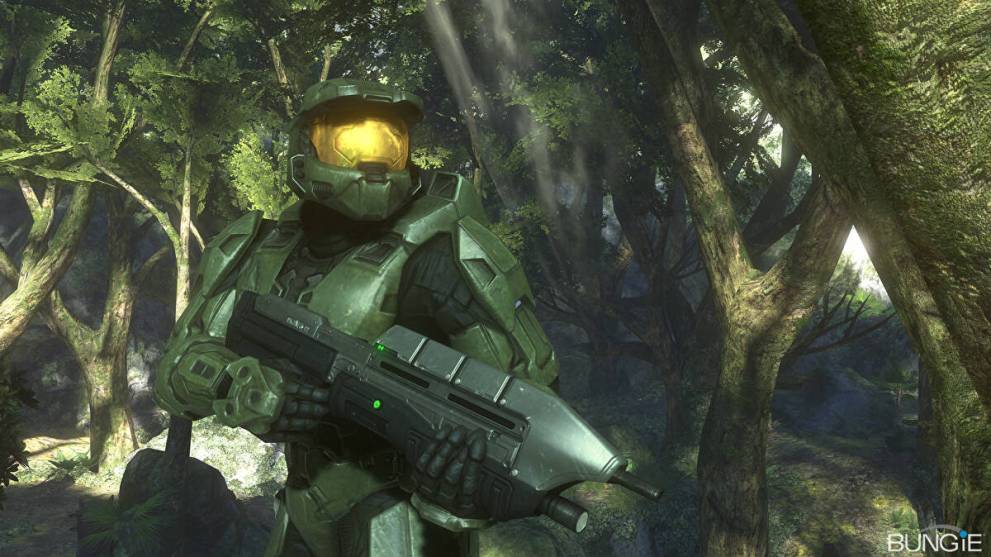
Halo is a blending of sci-fi space opera, militaristic fiction, and horror. Dealing with the alien threat to humanity sets the first Halo game in motion, which also gives players a glimpse into alien cultures and religions.
But because Halo is largely played from the perspective of a super-soldier, the player often finds themselves on the front lines of militaristic campaigns across the galaxy. Halo’s wonderful scene direction draws attention to its clever nods to classic films such as Apocalypse Now and its epic set piece moments reminiscent of 1997’s Starship Troopers.
And then, there’s the parasitic Flood, destroyer of worlds and species. The Flood permeates Halo’s setting in such a way to expound on the history behind the Forerunner precursor race. There’s always a history lesson when the Flood are involved, and Halo Rings and alien cultist Prophets are usually wrapped up somewhere in the mess too. Halo is great at using horror and military heroics to tell a grand saga that we just can’t get enough of.
Tamriel (The Elder Scrolls)
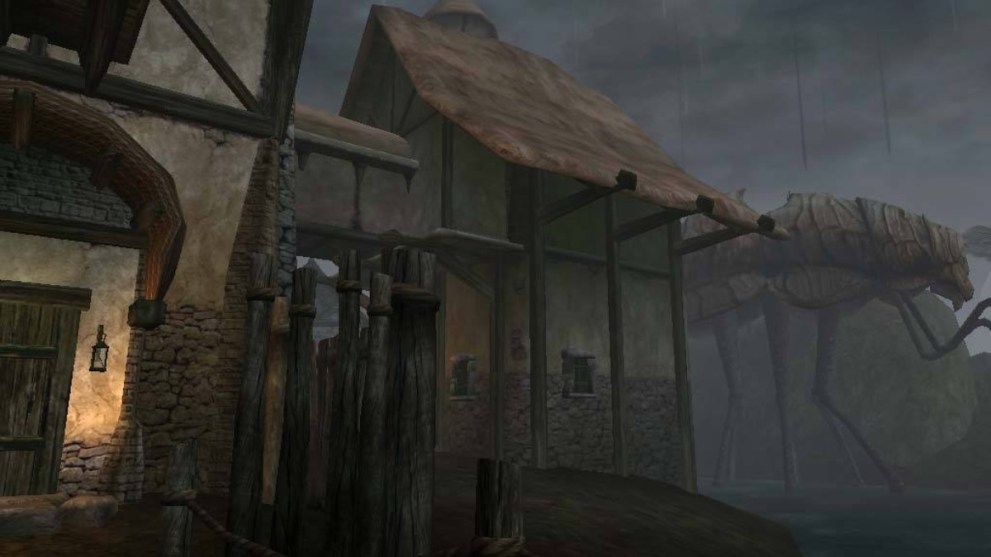
Whether it’s Morrowind, Oblivion, or Skyrim, the world of Tamriel is teeming with things to do and see. For this list, however, Morrowind still takes the crown as the most atmospheric and organic province we’ve ever seen of Tamriel.
One of my favorite aspects of Morrowind is the unique vibe you get exploring the cities and countryside. I still have dreams every now and then of Balmora, the first major hub town players call home in the game. The unique stone architecture holding up the numerous guild factions among a progressively cultish populace is still so wonderfully presented today. So was the water, which looks way, WAY too good for a 2001 game.
The bizarre species and fauna native to Morrowind are more inspiring and unique than anything Cyrodil or Skyrim have to offer. The way some of these creatures are incorporated into the infrastructure of Morrowind is cool too: Tall shelled creatures called Stilt Striders serve as the transit system between towns, and giant mushrooms house some of the more magically inclined residents.
The lore and world of The Elder Scrolls is vast, beautiful, and often violent in a very gritty way. Morrowind in particular highlights the most otherworldly aspects of the series, and stands among the best video game settings of all time as a result.
Azeroth (World of Warcraft)
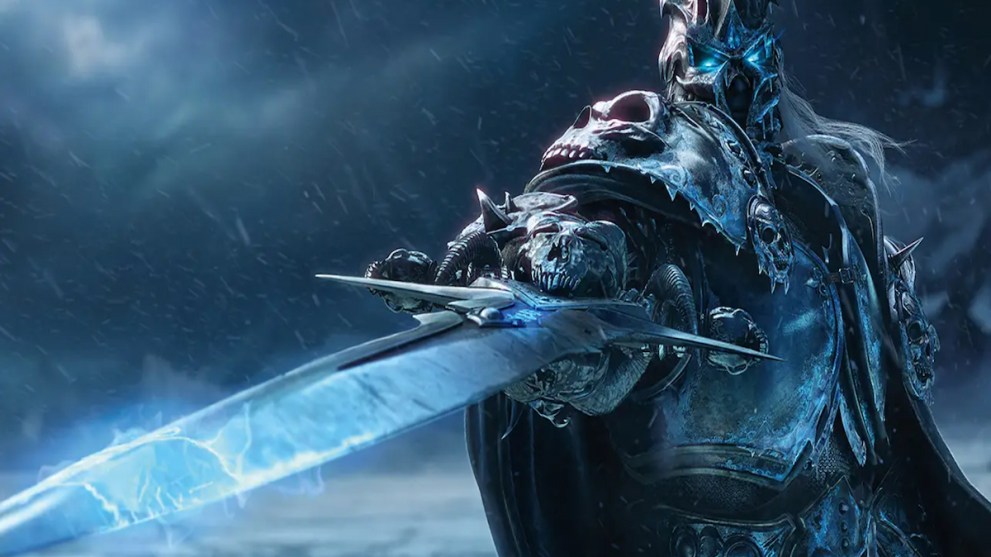
The Warcraft setting easily takes the crown as having the most overwhelmingly vast lore on this list. Azeroth was first introduced in 1994 with Warcraft: Orcs and Humans. It’s a setting older than many gamers reading this and has enough history to fill several libraries. The lore in Warcraft isn’t just large, though, it’s also surprisingly well-thought-out and complex.
The scope of Warcraft’s cosmology has a quasi-biblical weight to it. With each planet and lifeform consisting of some greater history and purpose laid for it, there’s a cool deep-rooted mythological feel to the Warcraft setting that sets it apart as one of the very best in gaming.
Besides the lore and mythology, World of Warcraft also set itself apart with its boundary-breaking MMO mechanics. Players felt a freedom of exploration and camaraderie with others that was simply unheard of when it was released back in 2003, setting the standard for MMOs to come.
That’s our list of top 10 best settings and worlds in video games. For more interesting features and game guides, check out our other content here on Twinfinite!

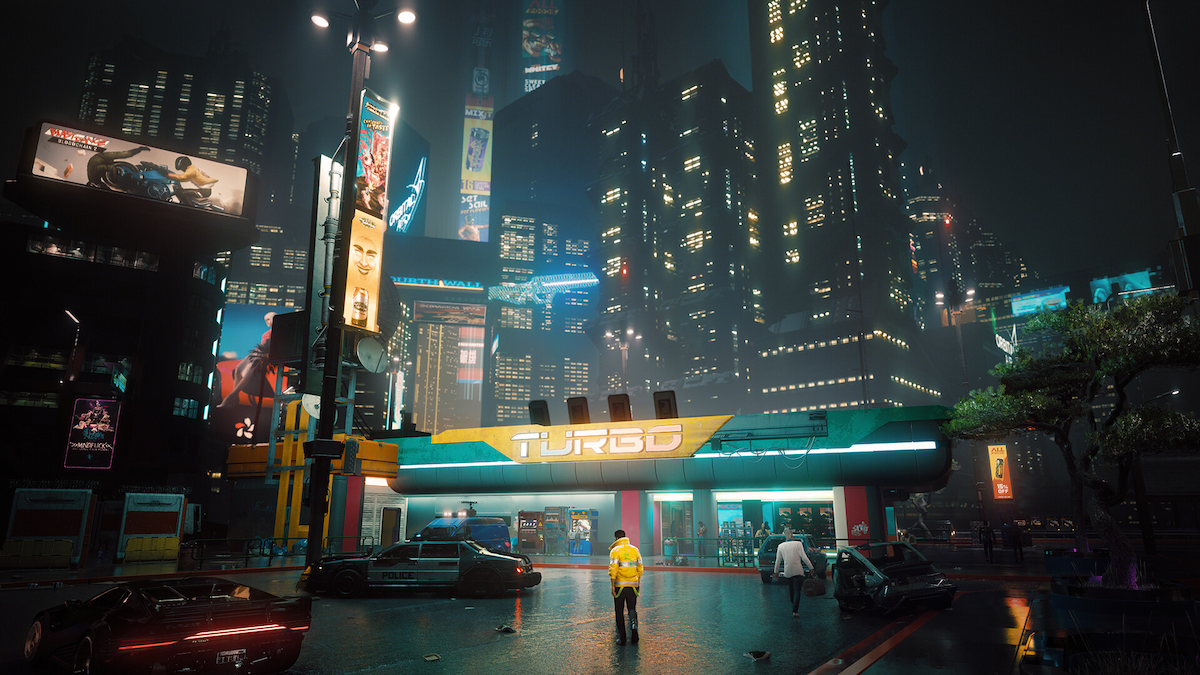












Updated: Oct 21, 2023 12:50 am